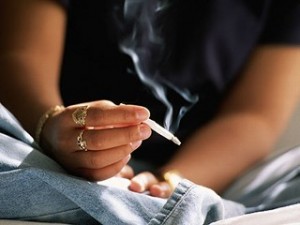As parents who want nothing but the very best for their kids, watching a child suffer through alcohol or drug addiction might be one of your worst nightmares. We do our best to protect them from all the “bad things” that are waiting for them out there in the world, but sometimes it can seem almost impossible to keep up with just what lies on that list of bad things. Warning your son or daughter about the danger of booze and the reality of alcohol rehab might not convince them to avoid the hot new designer drug that just hit the streets.
Following the trends in teen drug use can be a difficult challenge, not only for parents, but for those who work in drug rehabs — the professionals tasked with helping our kids get clean. While it’s understandable that a brand new substance would catch the attention of teenagers looking to experiment, a sudden spike in the popularity of drugs that have been around for decades can be harder to fathom. While the pattern can be visible in rehab program patients, the underlying cause is sometimes very difficult to see.
There are organizations out there that are doing their best to track teen attitudes towards drugs and how they change, hopefully giving parents the insight that will help them keep their kids out of addiction treatment facilities. Monitoring the Future and Partnership for a Drug Free America have found that the perceptions of drugs vary widely among teenagers, and that there are noticeable variations between generations. These attitudes are one of the main influences on a drug’s popularity.
The “riskier” drugs seem to teenagers, whether the risk is real or perceived, the less likely teens are to use it. Risk includes physical, emotional, social, and aspiration. Kids don’t want to deal with legal trouble or drug-induced depression.
Conversely, if teens feel that using a certain drug is more acceptable, then the likelihood that they will experiment with it is higher. Availability plays a role as well, which explains why prescription drug and alcohol rehabs are in such high demand.

